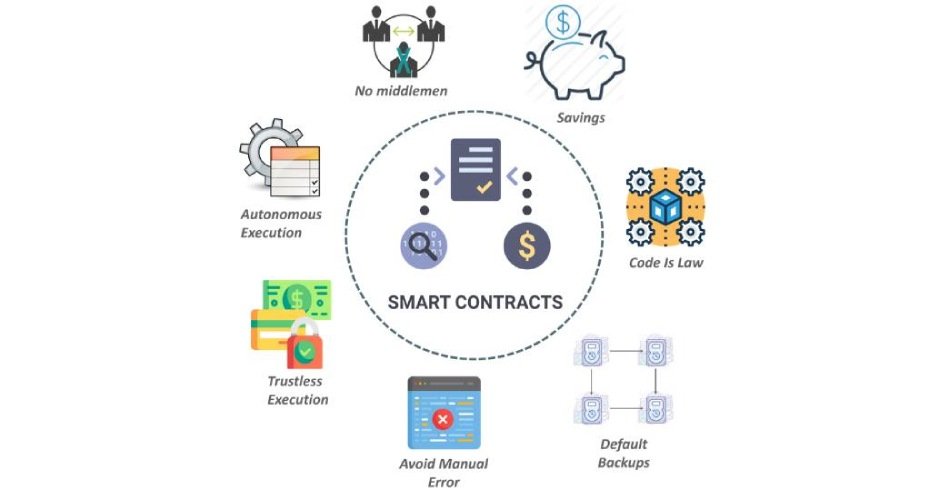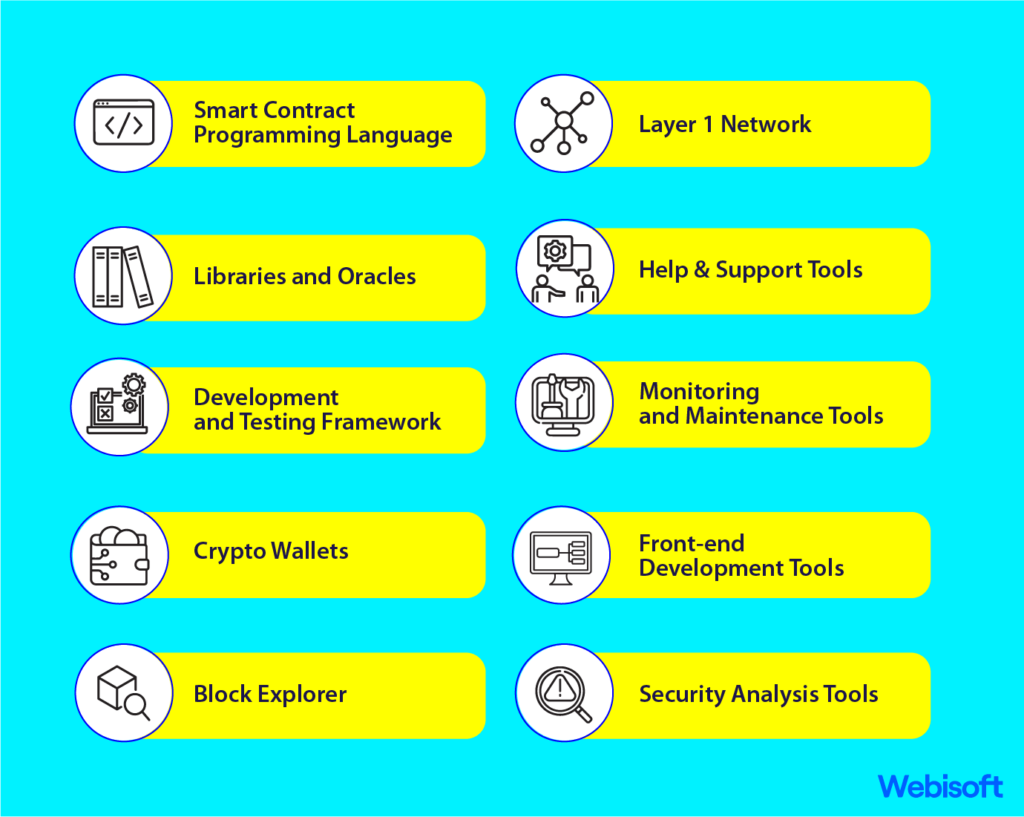
Introduction to Ethereum Smart Contracts
Smart contracts are self-executing programs stored on the Ethereum blockchain. They automate agreements without intermediaries, enabling:
✅ Decentralized apps (DApps)
✅ Token creation (ERC-20, ERC-721)
✅ Automated financial transactions (DeFi)
Key Properties:
- Immutable – Once deployed, code cannot be changed
- Transparent – Anyone can verify contract logic
- Trustless – Runs exactly as programmed
Prerequisites for Writing Smart Contracts
1. Basic Programming Knowledge
- Familiarity with JavaScript or Python helps
- Understanding of object-oriented programming (OOP)
2. Essential Tools
| Tool | Purpose |
|---|---|
| MetaMask | Ethereum wallet for testing |
| Remix IDE | Browser-based Solidity editor |
| Hardhat | Local Ethereum development environment |
| Alchemy/Infura | Blockchain node providers |

Step-by-Step Guide to Writing Your First Smart Contract
Step 1: Set Up Your Development Environment
- Install Node.js (v16+)
- Install Hardhat (for local testing):
npm install --save-dev hardhat
npx hardhat init- Connect MetaMask to a testnet (Goerli or Sepolia)
Step 2: Write a Simple Smart Contract in Solidity
// SPDX-License-Identifier: MIT
pragma solidity ^0.8.0;
contract SimpleStorage {
uint storedData;
function set(uint x) public {
storedData = x;
}
function get() public view returns (uint) {
return storedData;
}
}Explanation:
pragma solidity ^0.8.0→ Specifies Solidity versioncontract SimpleStorage→ Defines the contractset()andget()→ Functions to store/retrieve data
Step 3: Compile and Deploy
- In Remix:
- Paste code → Compile (Ctrl+S) → Deploy
- In Hardhat:
npx hardhat compile
npx hardhat run scripts/deploy.js --network goerliBest Practices for Secure Smart Contracts
1. Avoid Common Vulnerabilities
| Risk | Solution |
|---|---|
| Reentrancy attacks | Use nonReentrant modifier |
| Overflows/Underflows | Use OpenZeppelin’s SafeMath |
| Unchecked external calls | Validate inputs with require() |
2. Use OpenZeppelin Libraries
import "@openzeppelin/contracts/token/ERC20/ERC20.sol";
contract MyToken is ERC20 {
constructor() ERC20("MyToken", "MTK") {
_mint(msg.sender, 1000000 * 10**18);
}
}3. Test Thoroughly Before Deployment
- Write unit tests with Hardhat + Chai
- Use Slither for static analysis:
pip install slither-analyzer
slither .Deploying to Mainnet vs. Testnets
| Network | Use Case | Cost |
|---|---|---|
| Ethereum Mainnet | Production apps | High (gas fees) |
| Goerli/Sepolia | Testing | Free (faucets available) |
| Polygon Mumbai | Low-cost testing | Minimal fees |
📌 Get test ETH from Goerli Faucet
Next Steps: Advanced Smart Contract Development
- Learn Gas Optimization
- Reduce storage writes
- Use
view/purefunctions
- Explore DeFi Protocols
- Study Uniswap, Aave, Compound
- Audit Smart Contracts
- Hire firms like CertiK
Conclusion
Writing Ethereum smart contracts requires:
🔹 Solidity knowledge
🔹 Proper tooling (Remix, Hardhat, MetaMask)
🔹 Security best practices
Start with small contracts, test rigorously, and gradually build complex DApps!
SEO & WordPress Optimization
- Meta Description: “Learn how to write secure Ethereum smart contracts with Solidity. Step-by-step guide for developers, from setup to deployment.”
- Tags: #Ethereum #SmartContracts #Solidity #Blockchain #DeFi
- Internal Links: Link to related posts like “Best Practices for Solidity Security”
- Image Alt Texts: “Remix IDE interface”, “Ethereum smart contract diagram”






















